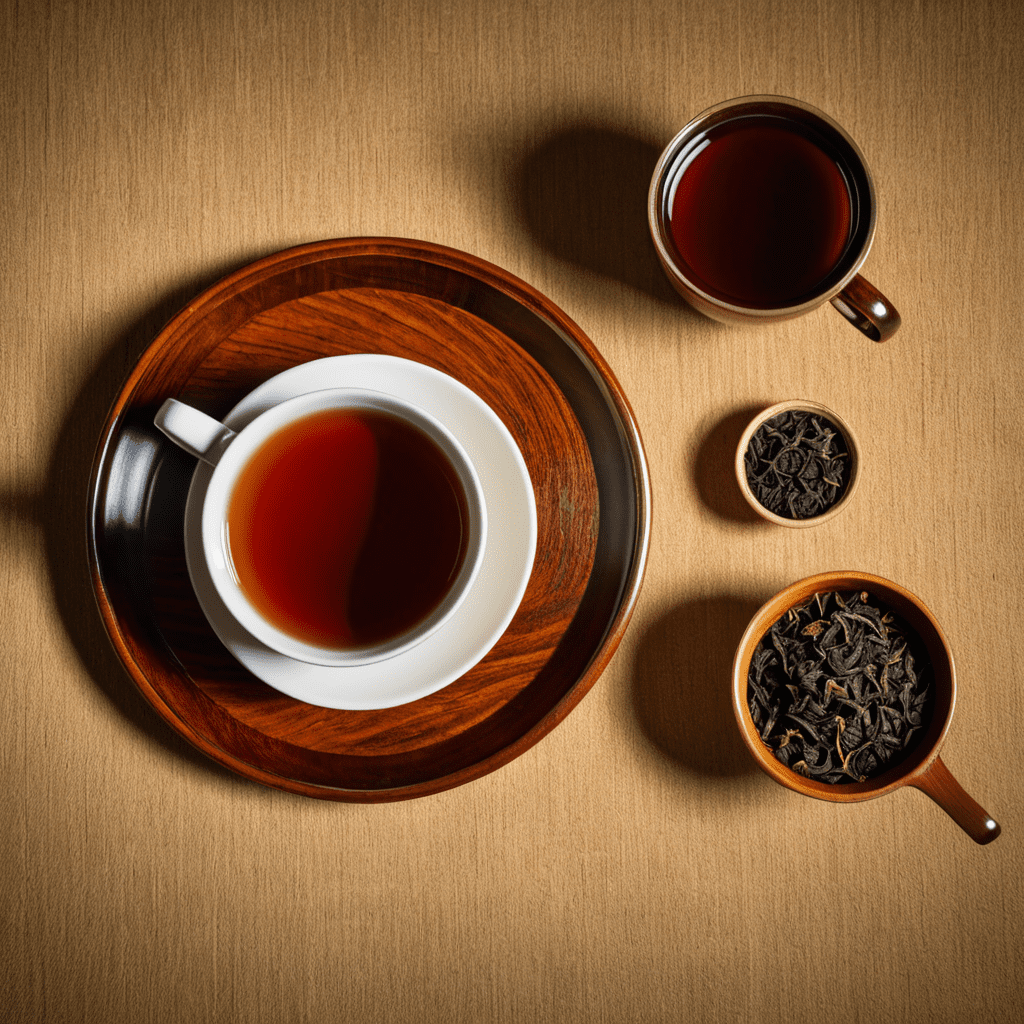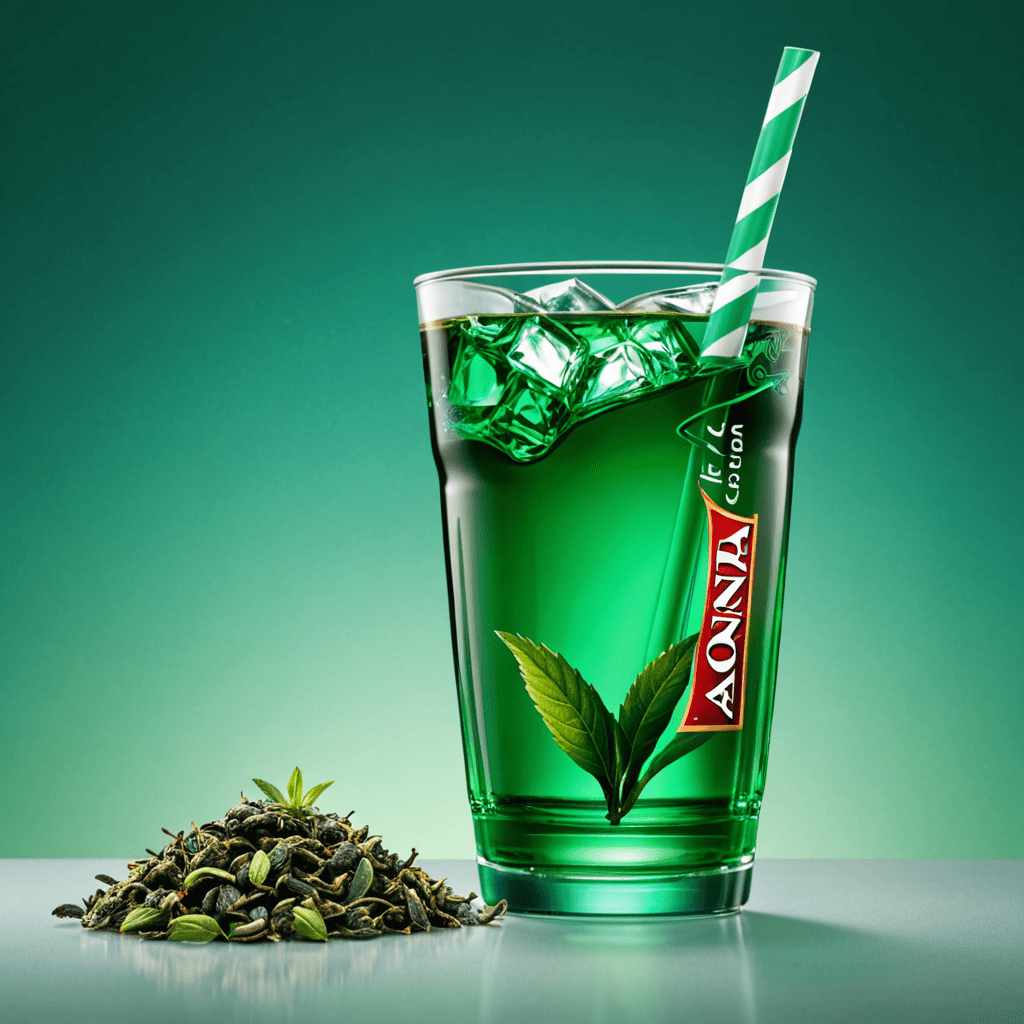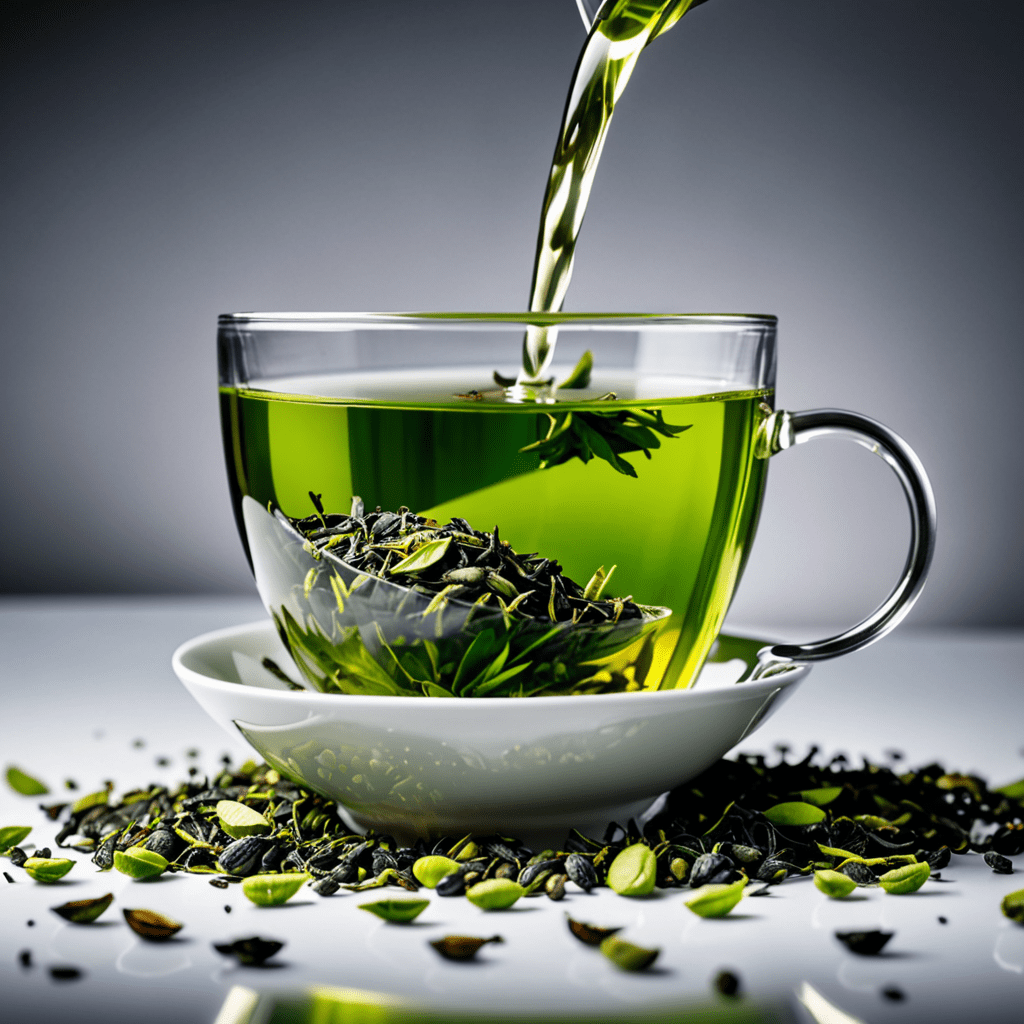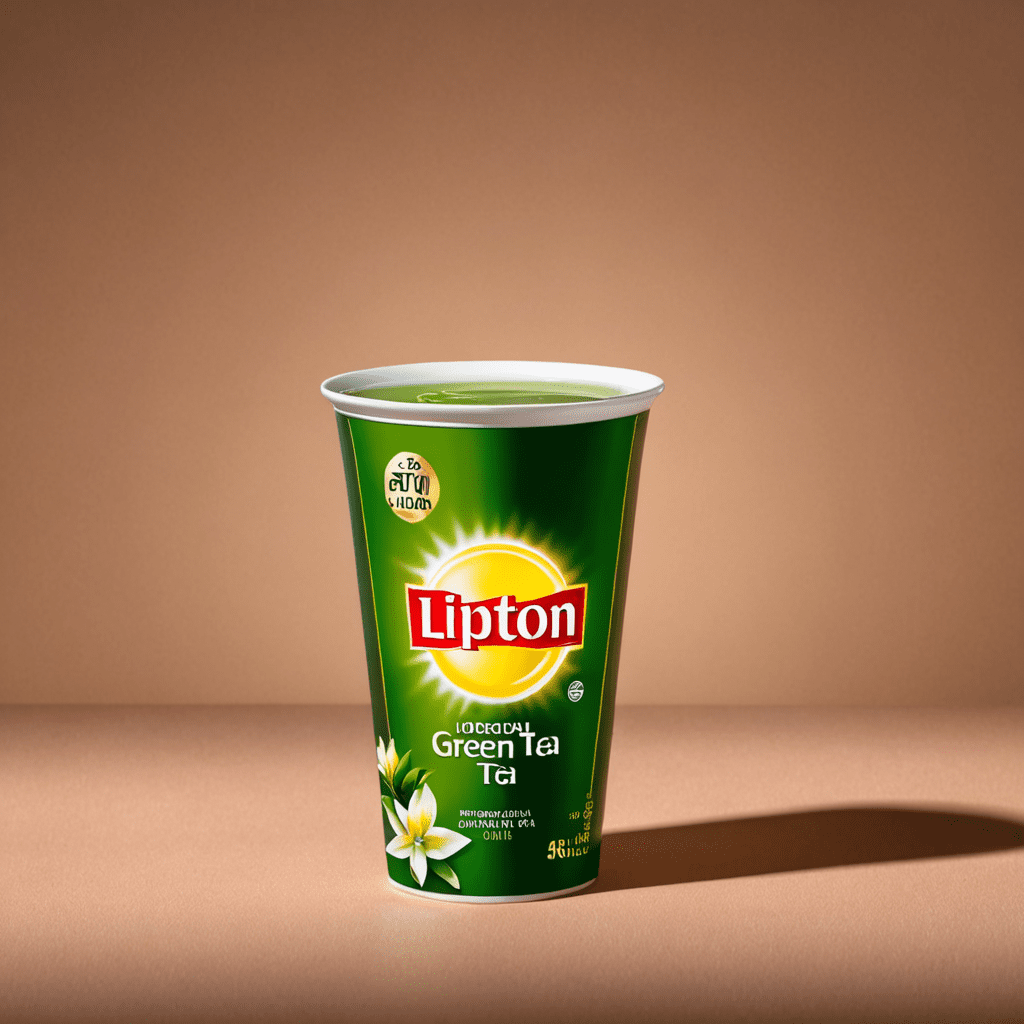
Pu-erh Tea: A Journey Through Tea Appreciation and Traditions
Exploring the Origins of Pu-erh Tea
Pu-erh tea, a unique fermented tea hailing from Yunnan province in China, has a rich history that dates back centuries. The tea leaves used in Pu-erh undergo a special fermentation process that sets it apart from other types of tea.
The Intriguing Production Process
To truly appreciate Pu-erh tea, one must understand the intricate production process it undergoes. From picking the tea leaves to sun-drying and fermentation, each step contributes to the distinct flavor profile of Pu-erh.
The Two Types of Pu-erh Tea
There are two main types of Pu-erh tea: raw (sheng) and ripe (shou). Raw Pu-erh is typically aged for a longer period, resulting in a bold and complex flavor profile. In contrast, ripe Pu-erh undergoes a faster fermentation process, giving it a milder taste.
Health Benefits and Cultural Significance
Beyond its unique flavor, Pu-erh tea is also celebrated for its potential health benefits. From aiding digestion to promoting weight loss, Pu-erh has been valued in traditional Chinese medicine for its medicinal properties.
The Art of Pu-erh Tea Tasting
Tea appreciation is a vital part of Chinese culture, and Pu-erh tea tasting is no exception. From the color of the tea liquor to the aroma and taste, each aspect is carefully evaluated to truly savor the complexity of Pu-erh tea.
Storing and Aging Pu-erh Tea
For Pu-erh enthusiasts, storing and aging the tea is a crucial aspect of tea appreciation. Proper storage conditions, such as low humidity and proper aeration, allow Pu-erh tea to develop its unique flavors over time.
Embracing Pu-erh Tea in Modern Times
While Pu-erh tea has deep-rooted traditions, it continues to captivate tea lovers around the world. From traditional tea ceremonies to modern brewing methods, Pu-erh tea remains a versatile and beloved tea choice for many.
This journey through Pu-erh tea appreciation and traditions showcases the complexity and depth of this beloved tea variety, inviting enthusiasts to delve deeper into its rich history and unique flavors.
FAQ About Pu-erh Tea
What is Pu-erh Tea?
Pu-erh tea is a type of fermented tea produced in the Yunnan province of China. It undergoes microbial fermentation after production, resulting in a unique flavor profile and aging potential.
How is Pu-erh Tea Different from Other Teas?
Pu-erh tea stands out due to its fermentation process which gives it a distinct earthy and smooth flavor. Unlike most teas that lose flavor over time, Pu-erh tea improves with age, much like fine wines.
What Are the Health Benefits of Pu-erh Tea?
Pu-erh tea is believed to aid digestion, promote weight loss, and reduce cholesterol levels. It is also rich in antioxidants, making it a popular choice for those seeking health benefits from their tea.
How is Pu-erh Tea Traditionally Prepared?
Traditionally, Pu-erh tea is brewed using loose leaves in a teapot or gaiwan. The tea leaves are rinsed briefly with hot water before steeping multiple times to extract the full range of flavors.
What is the Significance of Pu-erh Tea in Chinese Culture?
Pu-erh tea holds cultural significance


